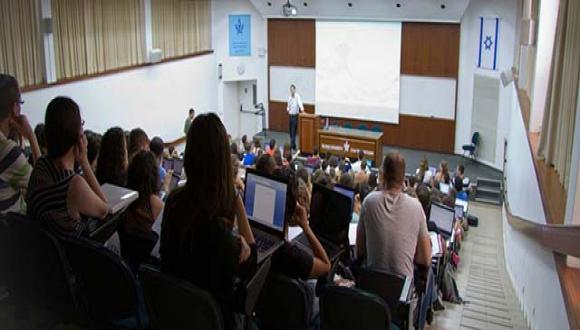Avimi Annie סמינר מחלקתי בית הספר להנדסה מכאנית

School of Mechanical Engineering Seminar
Monday, june 27, 2016 at 15:00
Wolfson Building of Mechanical Engineering, Room 206
Rod and shell-like structures for biomedical applications
Annie Ruimi, Ph. D.
Department of Mechanical Engineering
Texas A&M University at Qatar, Doha (Qatar)
Over the last 20 years, advances in computer techniques have penetrated the medical profession leading to an explosion of new procedures or devices to improve patient diagnosis and treatment. Large US research institutions and training hospitals (i.e. Massachusetts General Hospital, Stanford, Harvard) have taken part in these efforts and are offering simulation trainings to their residents. Still, simulations that can realistically reproduce the complexity of surgical scenarios remain a challenge.
In this talk, I will give an overview of two of my research programs funded by the Qatar Foundation with direct applications in medicine.
The first program seeks to develop physics-based tools to model the dynamic deformation of surgical filaments in the form of an interactive real-time software. That is meant to enhance-not replace the traditional methods used to train medical residents in the art of suturing and knotting, known as being particularly challenging. The filament is modeled as a one dimensional rod-like structure that coils in space in addition to bend and twist. We investigated four techniques, three based on mechanics principles and the other based on the Viterbi algorithm (VA) originally developed by the information signal community for problems related to text strings. We concluded that the discrete variational integrator (DVI) method was superior to the others in that it could capture the plectoneme formation, i.e. the looping of the thread onto itself as well as being able to simulate knot-tying using true physics principles.
The second program uses a thin, elastic and orthotropic cylindrical shell structure to model the three layers of the aorta, the largest artery in the body that acts as conduit to drive blood away from the heart. The blood flow is pulsatile in nature and if the shear stresses resulting from the interaction between the fluid and the walls exceed a certain critical value, it causes a tear of the inner layer resulting in a weaker wall. This cardiovascular phenomenon is referred as aortic dissection and may lead to death if the patient is not quickly attended. Non-linear mechanics tools that combine analytical and finite element models are employed to investigate the large deformations and buckling of the human aorta when subjected to specific flow-pressure conditions. When the aorta is diseased, aorta replacement in the form of a Dacron prosthesis may be advised.


